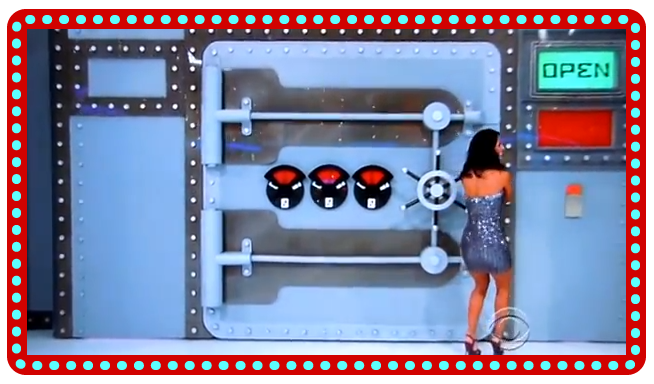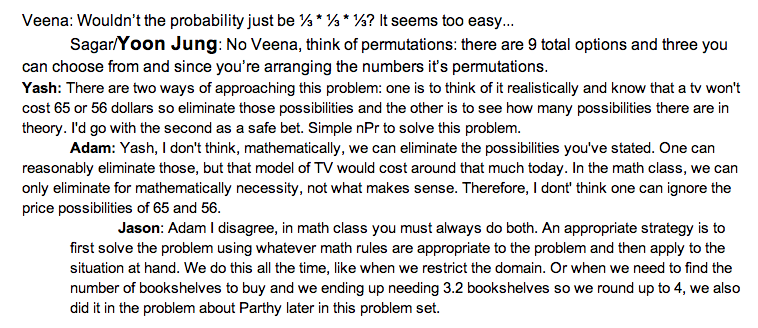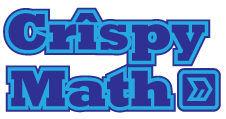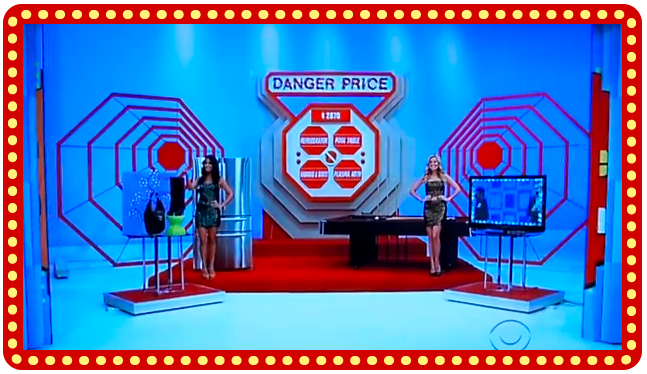TPIR 05: Safe Crackers
/I have mentioned before that I am a huge fan of The Price Is Right. I wasn't always a huge fan of the game Safe Crackers though. I can remember watching TPIR as a little kid and being scared when Bob would walk towards the big doors at the back of the set. Frequently when this happened the doors would open to reveal Safe Crackers (and the terrifying?!) Pink Panther Theme.
I am, thankfully, no longer afraid of Safe Crackers, or Henry Mancini, but Safe Crackers remains a great pricing game to analyze. Since I like to introduce problems before math formulas I would definitely use this before I taught students about permutations. The kids usually have no trouble figuring out that the lock has 6 possible permutations and that only 4 of them are really viable. Occasionally a couple of students do even better. Here is what I share with the class.

Here is a link to the You Tube clip
The Price Is Right is the longest running game show on American TV, part of its lasting appeal is due to its wide variety of pricing games. Many of these games can be analyzed with probability theory. Take a look at Safe Crackers. What is the probability of a contestant winning this game? What about a Safe Crackers aficionado?
When we do our math homework on Google Docs (to prepare for discussion the next day) students write each notes back and forth on the document (and I chime in as well). Here are some notes they wrote about this problem:




